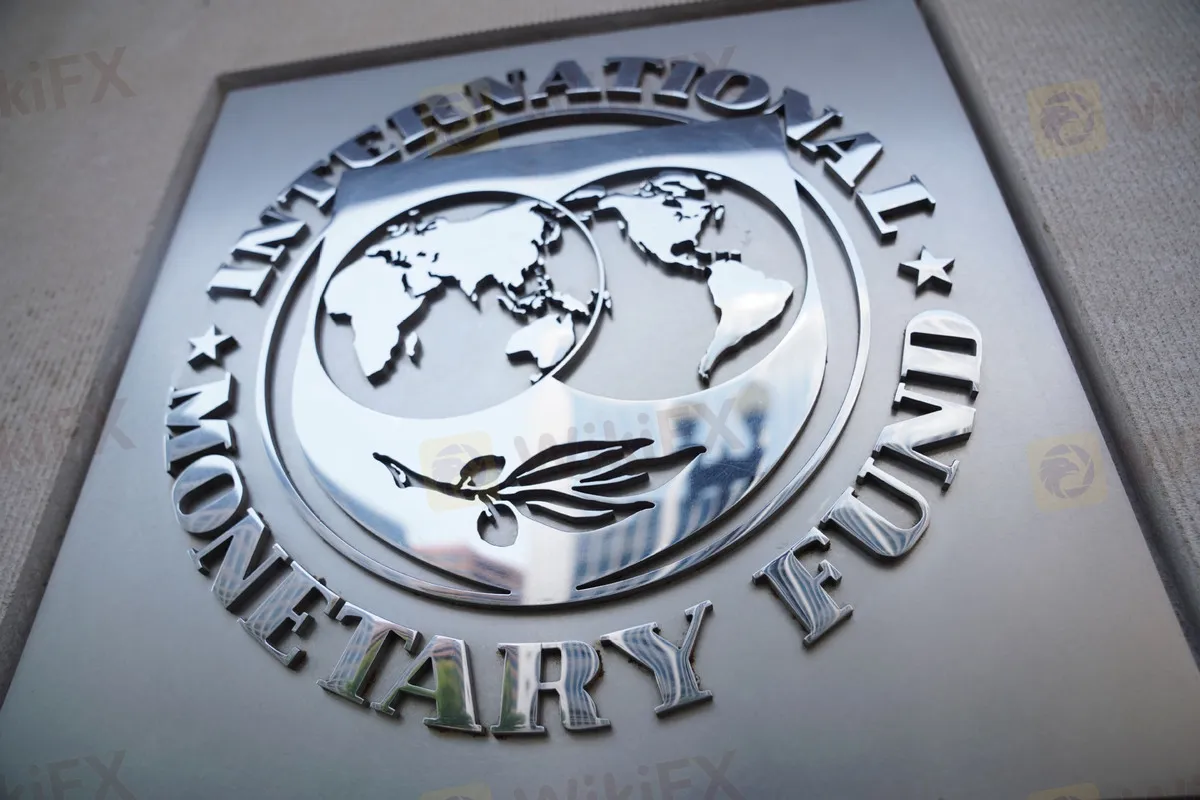简体中文
繁體中文
English
Pусский
日本語
ภาษาไทย
Tiếng Việt
Bahasa Indonesia
Español
हिन्दी
Filippiiniläinen
Français
Deutsch
Português
Türkçe
한국어
العربية
USD’s Proportion in Global Foreign Reserve Continues to Decline
Abstract:The recent data from International Monetary Fund shows that in Q4, 2019, the dollar’s share in global foreign reserves reported by the IMF dropped to 60.8% compared to the previous quarter, falling for the second straight quarter.
The recent data from International Monetary Fund shows that in Q4, 2019, the dollars share in global foreign reserves reported by the IMF dropped to 60.8% compared to the previous quarter, falling for the second straight quarter.

As the number of confirmed cases continues to rise, the United States has now become the epicenter of the global coronavirus outbreak. Before the large-scale outbreak in the United States, due to the spread of the virus across the world and the consequent interruption of global supply chain, US stocks promptly responded with a heavy slump that triggered trading curb four times in just a few weeks, with the S&P 500 index tumbling by 20% from the highest point with unprecedented speed.
Under bailout pressure, the Fed took swift actions within a short period by first adopting zero interest rate and then launching large-scale quantitative easing, with a speed and intensity far beyond the interpretation of traditional currency theories and expectations from the market. While the Fed's policies have been somewhat effective in the short term, some experts pointed out that the series of approaches are essentially printing US dollars recklessly which will lead to dollar's depreciation, dividing the cost of market rescue efforts on the world. Experts warn that from historical experience, excessive quantitative easing is currency devaluation which “beggar-thy-neighbor”, boosting hidden risks of global inflation.

In fact, the Feds monetary policies have still failed to achieve satisfactory results, and the US government has no choice but to issue another US$2 trillion fiscal stimulus bill. Obviously, huge fiscal stimulus will seriously threaten the sustainability of US government debt, and as the number of unemployed people increases, the extreme gap between rich and poor will greatly reduce US society's resilience to economic shocks.
Some analysts pointed out that after this round of crisis, the US dollar's share in the international currency reserve may decline further.
On the other hand, data previously released by the IMF showed that while the share of the dollar has fallen, the share of the Renminbi in global foreign exchange reserves has risen. In the fourth quarter of 2019, global foreign exchange reserves increased to US$11.829 trillion, up 1.5% from the previous quarter and more than 3% from the fourth quarter of 2018. These include RMB assets worth of about US$202.79 billion, accounting for 1.89% of the global official foreign exchange reserve assets and surpassing the share of Aussie dollar (1.62%) and Canadian dollar (1.84%).
With previous epicenters Wuhan and Hubei Province ending their lockdown restrictions, China is accelerating resumption of production; the Chinese government has relatively greater fiscal space, and coupled with significant reduction in leverage over the past four years, the RMB assets' overall performance is relatively stable, showing the characteristics of safe-haven assets.
Analysts pointed out that China's current national bond yields are higher, therefore more attractive to international investors, and the RMB exchange rate will remain on the track of appreciation in the long-term.
Disclaimer:
The views in this article only represent the author's personal views, and do not constitute investment advice on this platform. This platform does not guarantee the accuracy, completeness and timeliness of the information in the article, and will not be liable for any loss caused by the use of or reliance on the information in the article.
WikiFX Broker
Latest News
AIMS Broker Review
The Hidden Checklist: Five Unconventional Steps to Vet Your Broker
Russia to Fully Ban Crypto Mining in 10 Regions Starting January 1, 2025
YAMARKETS' Jingle Bells Christmas Offer!
Why is there so much exposure against PrimeX Capital?
Two Californians Indicted for $22 Million Crypto and NFT Fraud
WikiFX Review: Is Ultima Markets Legit?
Colorado Duo Accused of $8M Investment Fraud Scheme
MTrading’s 2025 "Welcome Bonus" is Here
Malaysia Pioneers Zakat Payments with Cryptocurrencies
Currency Calculator


